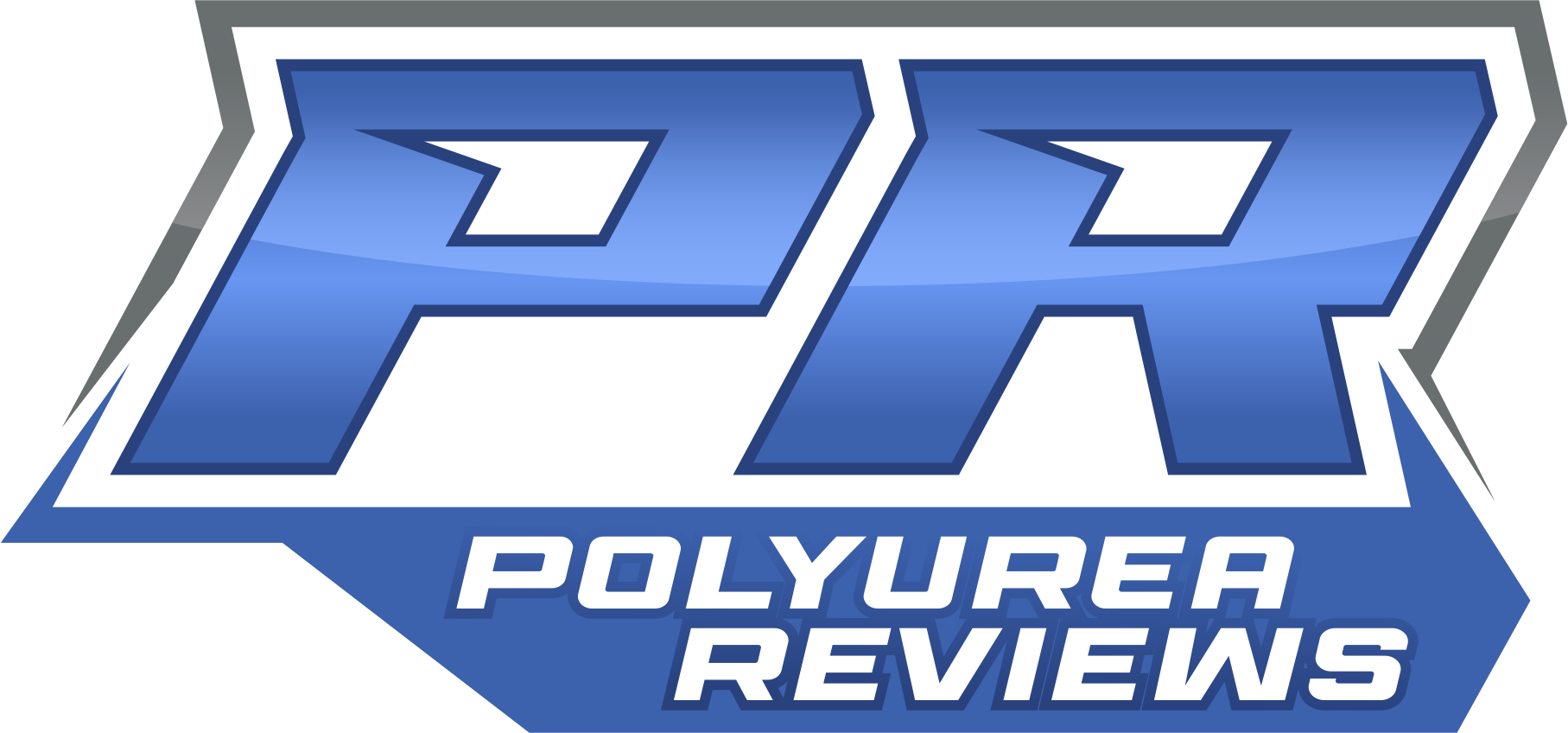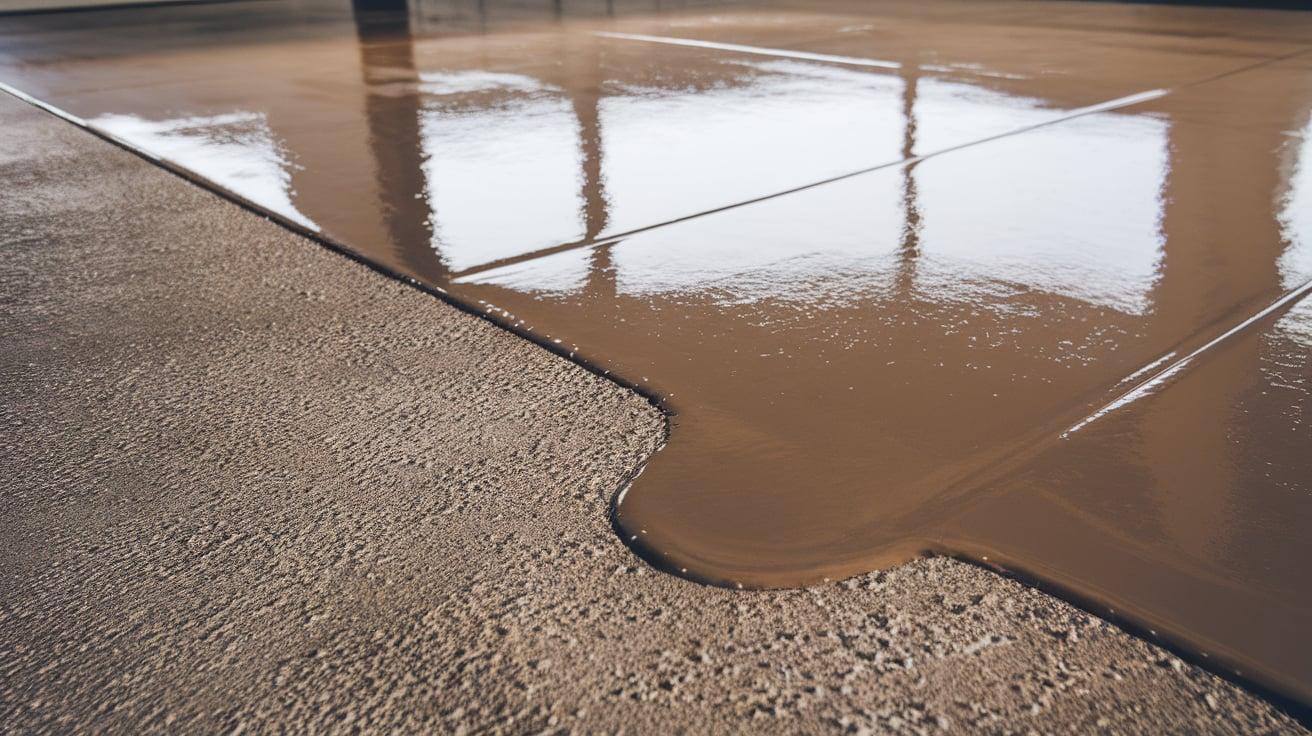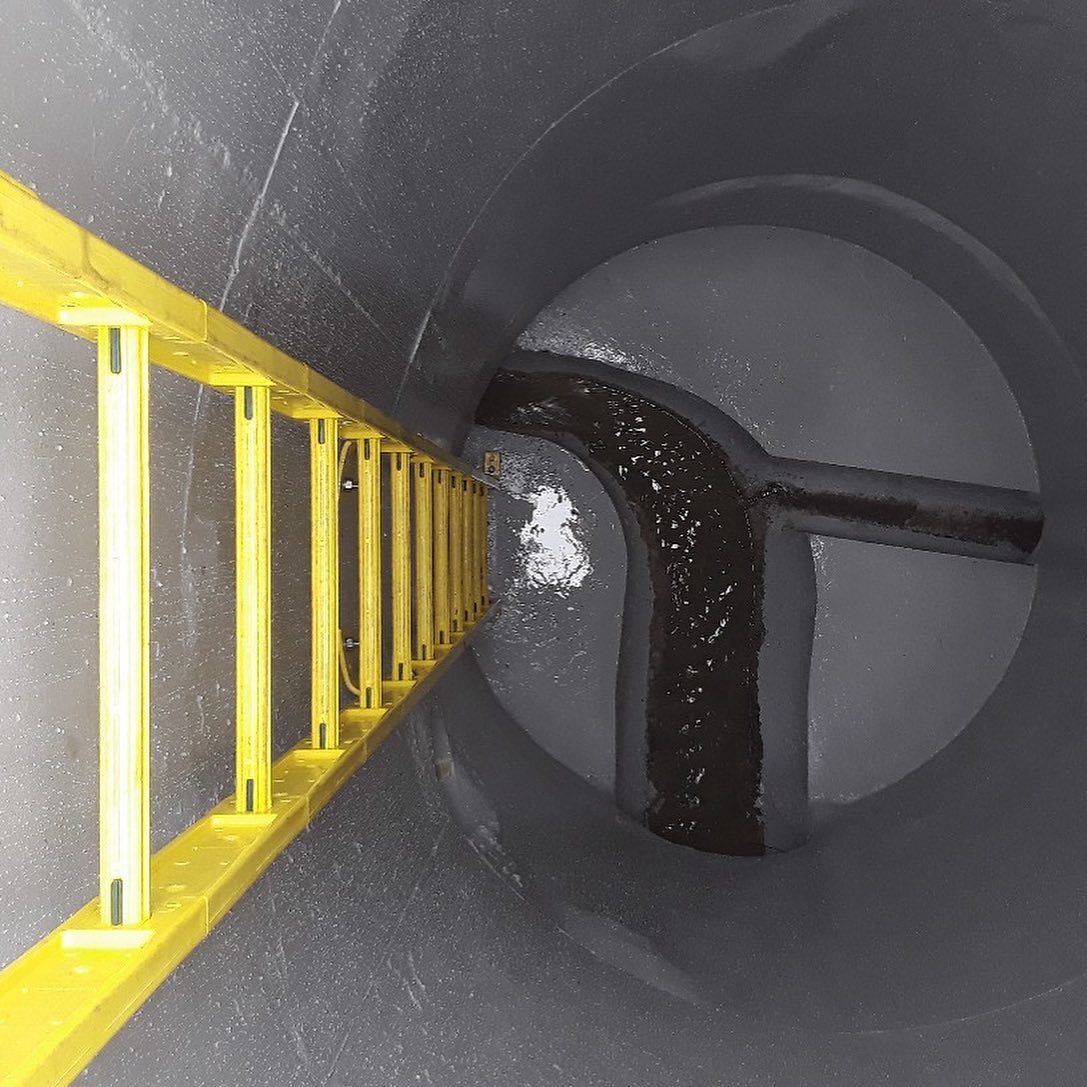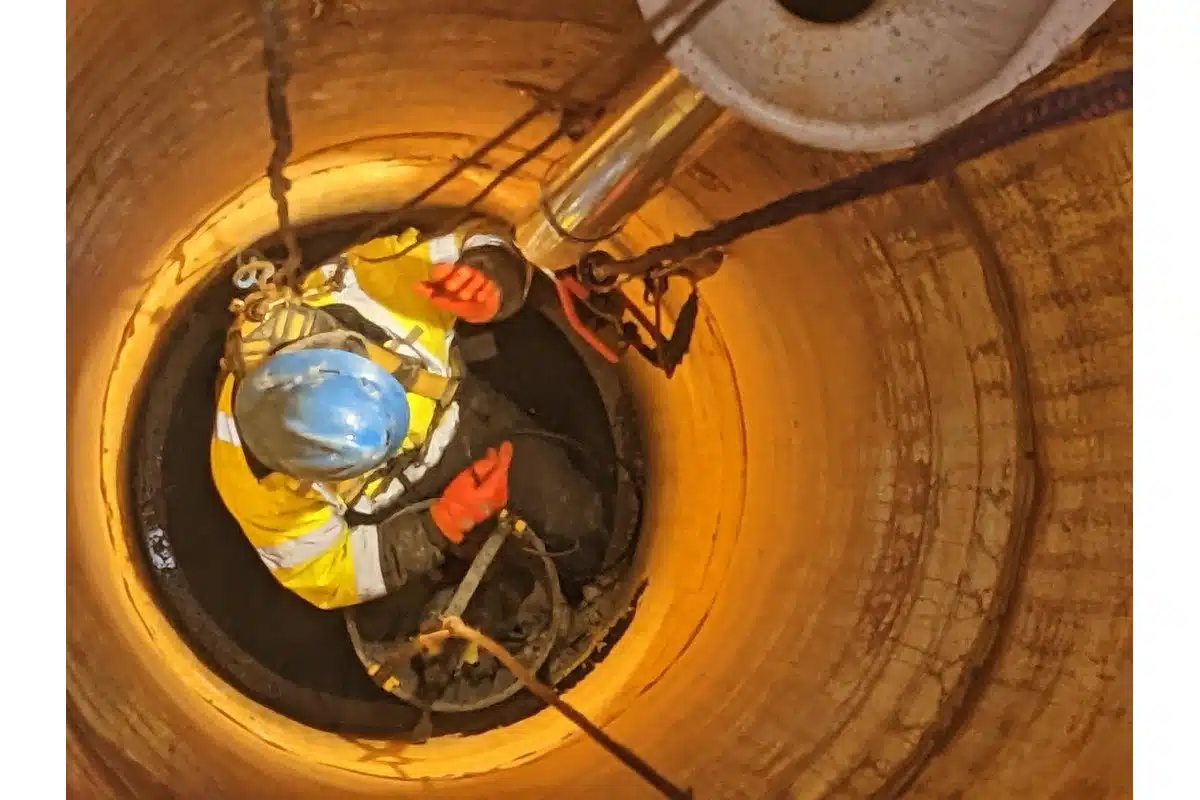The systems that keep cargo steady during transport rarely receive attention, yet their performance often determines whether goods arrive safely. Dunnage—those blocks, racks, cradles, and supports that secure loads—forms the quiet foundation of logistics. When dunnage breaks down, the entire shipment is at risk. Protecting this equipment from wear and stress is not a matter of appearance but of reliability. In recent years, polyurea has emerged as one of the most effective solutions for extending the life of dunnage and maintaining cargo stability.
Dunnage under constant stress
Every movement of a truck, train, or ship applies force to dunnage. Forklift blades scrape surfaces during loading. Chains and straps dig into edges under tension. Vibration on long journeys shakes cargo against supports. Environmental factors add to the strain. Steel rusts, wood absorbs moisture and swells, and composites degrade under ultraviolet light. What begins as minor surface wear gradually undermines strength until failure occurs.
The consequences extend beyond the equipment itself. Compromised dunnage leads to unstable loads, damaged products, and higher risk of accidents. In supply chains where timing and safety are critical, repeated failure cannot be tolerated. The practical solution is to shield dunnage with protective systems that hold up under these conditions.
Why polyurea changes performance
Polyurea differs from paints or thin coatings because of how it bonds and behaves under stress. Applied as a spray, it cures within seconds into a continuous membrane. This seamless application covers every surface and eliminates weak points where cracks usually form. Once cured, the coating retains elasticity, stretching under impact rather than fracturing.
These properties explain why polyurea dunnage coatings perform so well in demanding environments. They absorb daily punishment from handling equipment, resist water and chemicals, and remain stable under sunlight. The dunnage beneath remains protected, continuing to perform its function while the surface layer takes the stress.
Practical implications for logistics
The benefits of polyurea extend beyond durability. By creating a uniform surface, it also improves grip between cargo and dunnage. Loads shift less, straps hold more effectively, and slippage is reduced. This improves safety during transit and reduces the need for constant adjustment.
Resources such as dunnage coatings highlight how operators who adopt polyurea reduce replacement cycles and maintenance costs. Instead of discarding damaged supports after a few months, companies extend service life by years. The savings in both time and money become significant across fleets of equipment.
The role of coatings in cargo safety
The safety implications of surface protection are equally important. Stable loads prevent accidents, protect workers, and reduce losses. Industry discussions on cargo protective coatings emphasize how surface systems contribute directly to the integrity of shipments. A rack that resists splitting or a block that withstands impact is not just equipment—it is part of the safety chain.
When companies invest in polyurea for dunnage, they are not only protecting materials but also safeguarding the cargo itself. The link between equipment reliability and shipment security is clear.
Comparing with other protective approaches
Polyurea is not the only option for dunnage protection, but it sets itself apart through balance. Traditional paints chip and peel quickly. Rubber coatings offer cushioning but degrade under UV exposure. Epoxy systems provide hardness but lack flexibility, cracking under repeated stress. Polyurea combines toughness with elasticity, providing both strength and adaptability.
Other protective strategies, such as spray foam dunnage protection, add cushioning and fill voids. When paired with polyurea, these systems create hybrid solutions that both absorb impact and resist wear. The foam provides softness, while the polyurea offers resilience, resulting in equipment that performs well under diverse conditions.
Broader industry perspective
As supply chains grow more complex, the demand for preventive measures increases. Companies can no longer afford frequent downtime caused by failing equipment. Insights on cargo protection underline how reinforcing dunnage supports overall reliability. Coatings ensure that cargo remains steady, reducing delays and claims.
Discussions of poly coatings for dunnage protection further emphasize the foundation role these systems play. Protecting the surfaces that support cargo means protecting the cargo itself, creating a chain of reliability that extends from loading dock to delivery.
Conclusion
Dunnage may be overlooked in discussions of transport, but its condition determines whether cargo arrives safely. The constant stress of handling and movement wears unprotected surfaces down quickly, leading to failure and risk. Polyurea offers a proven solution by forming seamless, elastic coatings that resist abrasion, moisture, and sunlight. It transforms dunnage from a consumable item into a lasting asset.
By investing in polyurea protection, companies gain not only longer-lasting equipment but also safer operations and more reliable cargo movement. In a world where logistics depend on precision, strengthening the foundation through advanced coatings ensures that shipments remain secure. Dunnage protected by polyurea delivers quiet but critical value, holding loads steady and keeping commerce moving without interruption.




